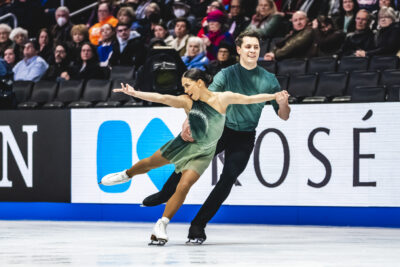
Soaring into the New Year Across the Pennines
by Andrew Liddle
ANDREW LIDDLE TALKS TO CHAIRMAN OF THE PENNINE SOARERS SIMON SCOTT ABOUT HIS LOVE AFFAIR WITH HANG GLIDING.
The first peak Simon Scott sees, as clear as day, is the saddle of Fair Snape Fell, the chief landmark from the air of the Forest of Bowland. As he ascends, a magnificent panorama begins to unfold across the Fells.
Away to the west stretches the bright water of Morecambe Bay. The January air bites shrewdly at this altitude, even under a blanket of cotton wool clouds, but he’s checked the weather forecast and pressure charts to be sure it’s safe to take to the skies.

Simon Scott
He’s just had lift-off from the west face of Parlick Pike, which is very popular with paragliders and not far from home in Longridge. He’s chosen it today rather than other more distant sites like Pendle, Balladen, Nont Sarahs, Pule Hill and Winter Hill. What they have in common is being free from controlled airspace and far from pylons and cables.
North-westward, he squints into the low sun at the serrated line of Cumbrian hills. At nearly 2,000 feet, Black Combe is near the coast, as is the Old Man of Coniston farther inland. Whale-backed Pendle Hill, with a chalky dusting of snow, is suddenly rearing up below him in all its glory, the Ribble winding around it like a ribbon. The three peaks of Ingleborough, Whernside and Pen-y-ghent are, of course, unmistakable. Like the eagle, he’s the monarch of all he surveys – or that’s how it seems.
“There is something about soaring through the air that is such an incredible feeling of freedom.”
Tugging on the harness of his flying machine and leaning into the wind, he half turns to see the silver-grey sprawl of what is, effectively, the ever-expanding Lancashire suburb. It’s by no means an ideal time for finding uplift on a thermal, but there’s no better way to clear the head and bring in the New Year for the Chairman of the Pennine Soarers than to pilot the skies deftly, careen through the air, using skill and experience built up over forty years to impose his will on the capricious winds which otherwise will take him where they want.
“There is something about soaring through the air that is such an incredible feeling of freedom,” he says when landing and carefully packing away his paraglider, so portable these days that it folds into a haversack.
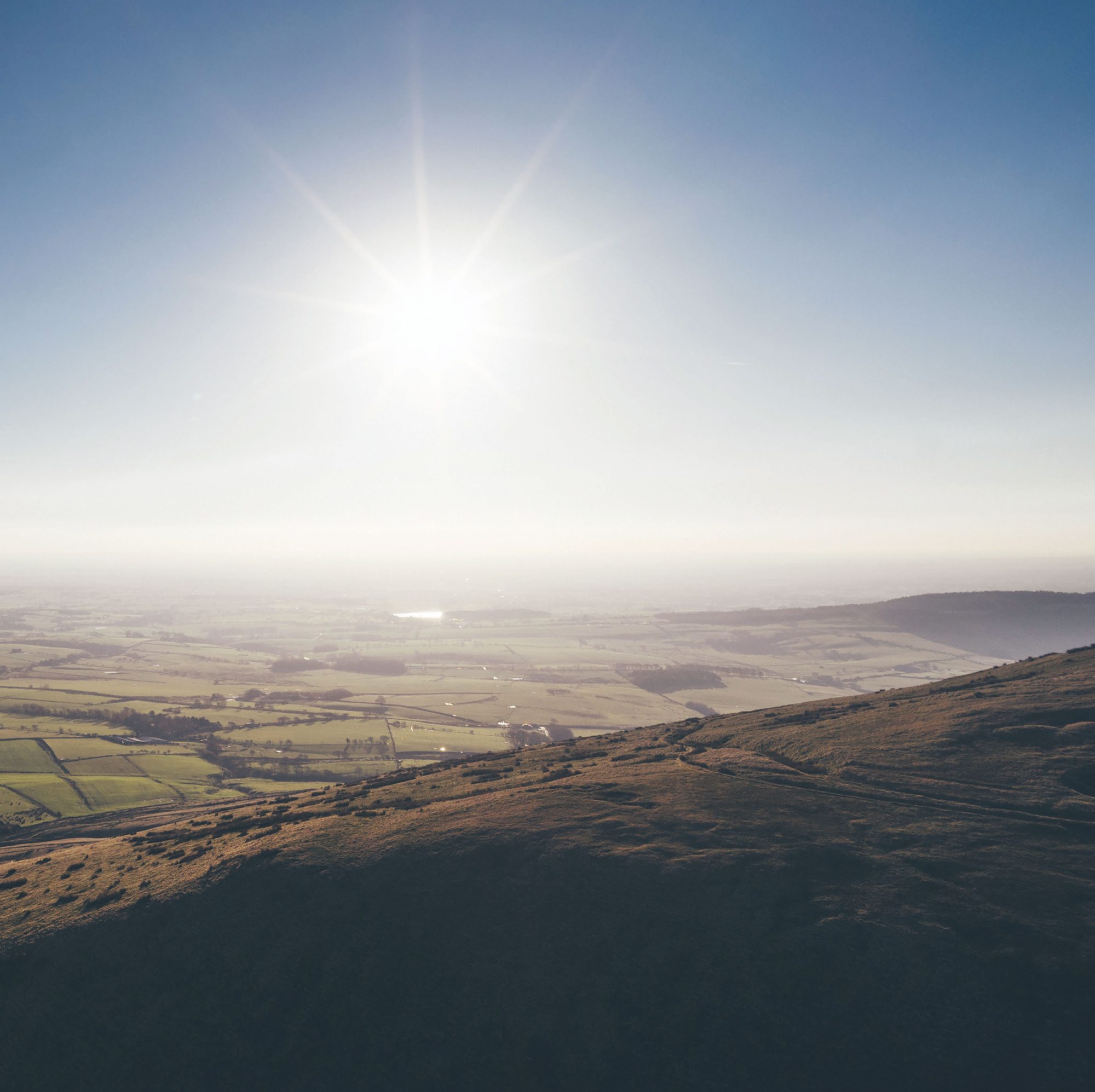
“Gliding is the most thrilling experience.” Simon joined the club in 1985, back in the days when it was called the Pennine Hang Gliding Club and is still clearly bitten by the bug. “It’s like an addiction. I suppose it must be the adrenaline rush you get with the potential of getting up to 12 or 13,000 feet and all the uncertainty that goes with it.”
It’s a fair-weather sport that took hold globally in the early-1970s. “In the early days, enthusiasts often built their own ‘kite’ and just looked for a hill to launch themselves from,” he laughs. “Many were of the thrill-seeking hippy generation.” Perhaps not surprisingly, there were lots of accidents. In this country, the British Hang Gliding and Paragliding Association (BHPA) was formed in 1992 by the amalgamation of two existing regulatory bodies. “Many of the freedoms enjoyed by members today are as a result of their lobbying,” Simon explains. They provide a training framework for professional instructors, coaches and pilots to run courses on all relevant topics, like aerodynamics, weather lore, ‘conspicuity’ (having the necessary devices to be tracked and to avoid collision), insurance and legal requirements.
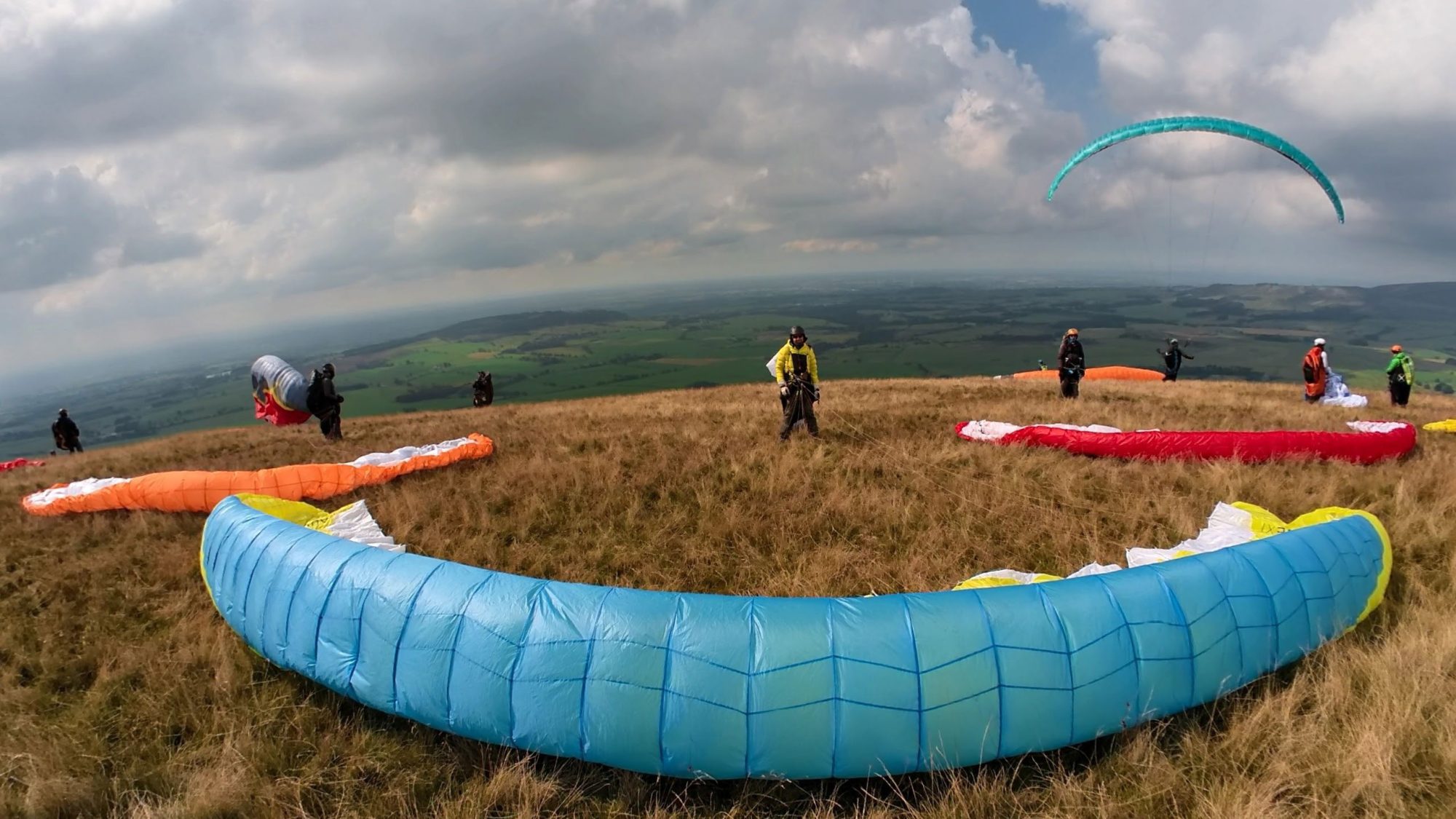
“Safety is the primary consideration,” he says, with feeling, “and all our members are taught, guided and mentored by BHPA-approved instructors to at least Club Pilot Certificate level.” He thinks about it. “They’re bright guys, incredibly switched on, alert and alive to the dangers first and foremost – thrill-seekers second!”
The BHPA now has over 60 affiliate clubs and a combined total of more than 7,000 individual members. About 200 are in the Pennine Soarers, drawn from a region stretching as far as the Wirral, Lancaster, Greater Manchester, Huddersfield and Stockport. Other ‘neighbouring’ clubs flourish in Cumberland, Derbyshire, the Dales and North Wales. Simon returns to the thrill of the experience to explain why a relatively expensive sport is proving so popular.
“You can paraglide cross-country as far, say, as the East coast given the right conditions.”
“Being up there not only offers an unbelievable view and makes you realise just how beautiful the world is,” he begins, “but the sense of gliding with free energy is just tremendous.” For a moment, he seems almost at a loss for words in an attempt to capture his sense of awe. “Riding a thermal is just a magical experience – you’re never exactly sure what’s going to happen next with a sudden air oscillation or change of wind direction. You feel like you’re part of nature, directly connected to your craft like a bird to its wings, feeling your way through the air, managing the resistance.”
Simon has a mastery of both hang gliding, where the pilot lays face down, attached typically to a delta-shaped wing – and paragliding, strapped to a harness below what, choosing his words carefully, he describes as “an inflatable, parachute–shaped elliptical wing.”

The latter is the more modern form of the sport and is now overwhelmingly the most popular, largely because it offers greater accessibility and the opportunity to fly many hours and cover long distances.
“I prefer hang gliding because of the greater speeds you can fly even though the equipment is more cumbersome,” he considers. “But you can paraglide cross-country as far, say, as the East coast given the right conditions – and members often end up landing in Whitby.” The only downside is having to return on land – one reason why a few members favour models powered by small 25HP, petrol-powered engines. With these, you can land from your point of departure.
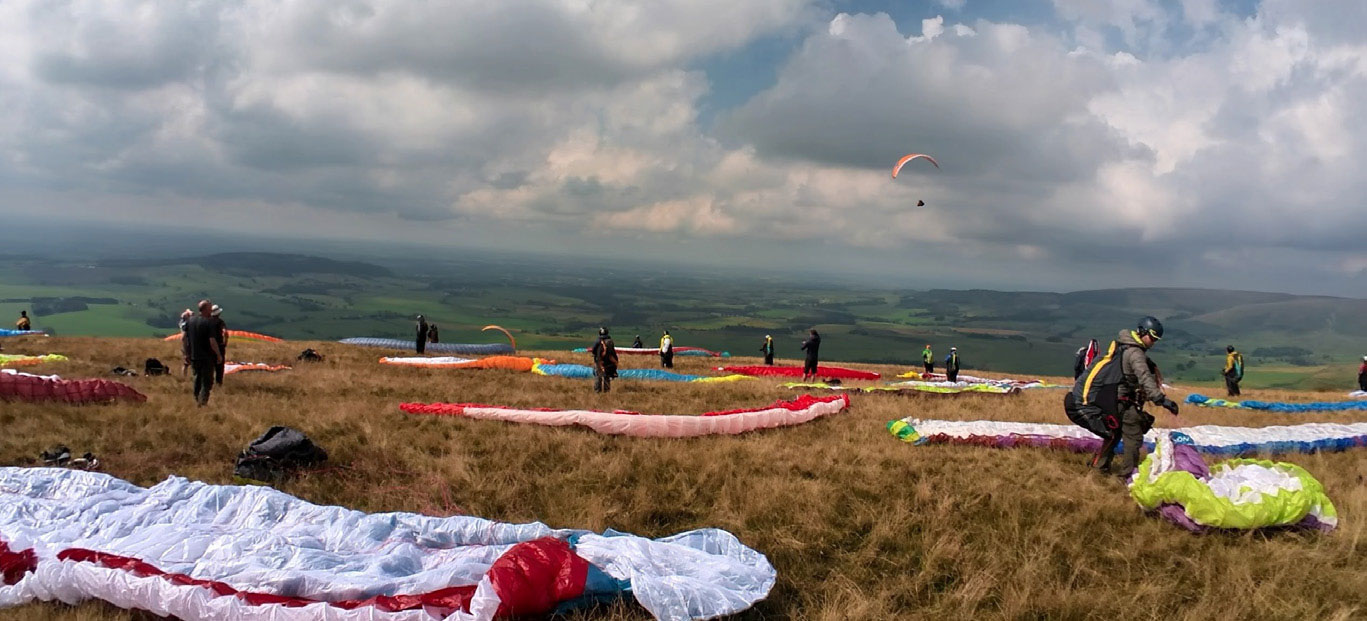
The Club is keen to recruit new members, preferably younger ones. “Our age profile is typically in the fifties,” he smiles, “but it’s a sport that’s evolving rapidly all the time, and some members tend to drop out when they get to a certain age.” If you want to join, the annual membership fee is very reasonable, a mere £25. On top of that, you will have the BHPA’s £164 membership fee, which includes third-party insurance.
Of course, you will need to shell out four or five thousand on a paraglider and necessary equipment. Most people upgrade their craft every couple of years. “Yes, you need a bit of money,” he agrees, “but it’s far and away the most economical of all the aviation sports.”
“Clearly, hang gliding has come a long way since Leonardo Da Vinci first outlined the concept in 1488.”
The Club is also keen to attract more women in addition to the dozen or so current members. “My daughter, Catherine, was one of the youngest qualified females to join us and was only 14 at the time,” he says with parental pride, adding that his wife Shirley and son, Christopher, were never keen to make it entirely a family affair!
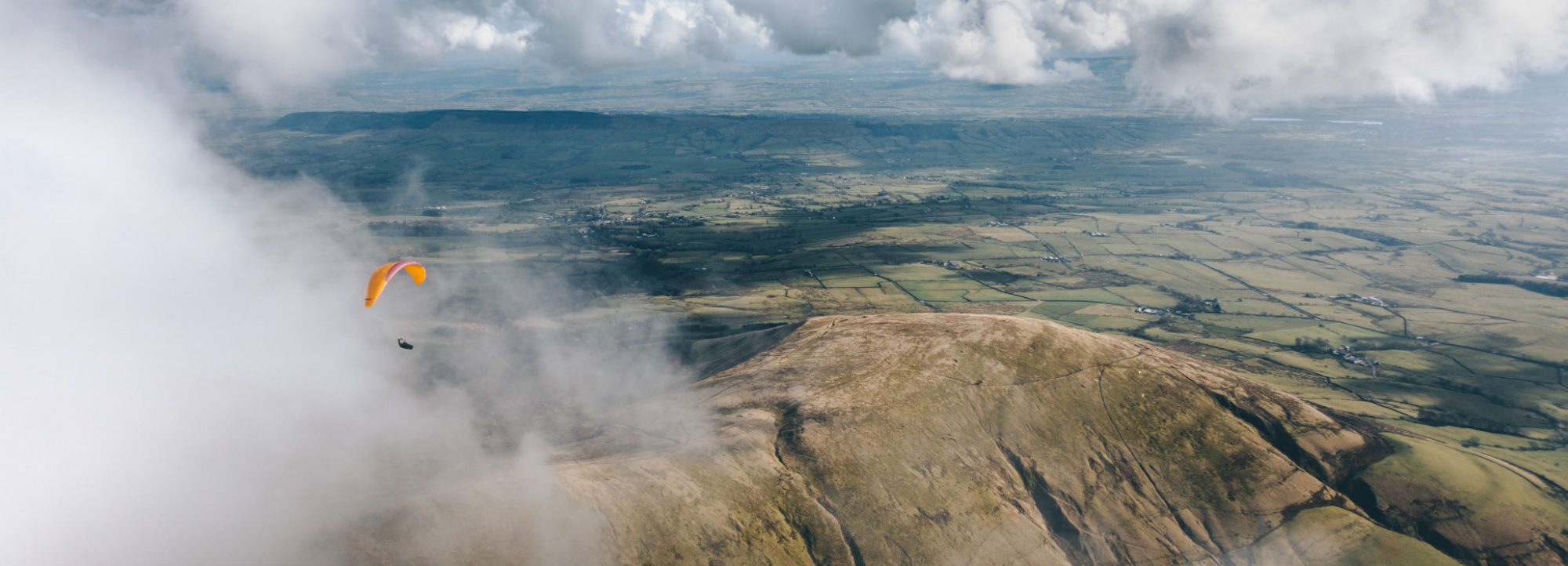
If you join, you have the opportunity to get together with other members on the second Monday of every month at the famous Sea View Inn, Chorley, listen to guest speakers and have a couple of congenial pints while sharing stories of epic flights and fantastic sights.
Clearly, hang gliding has come a long way since Leonardo Da Vinci first outlined the concept in 1488. Now, if you’ve got the nerve, you could be up, up and away with the Pennine Soarers! Remember, new members are always welcome!
“We are always looking for new hills to take off from,” says Simon, a gleam in his eye, “and always welcoming suggestions that will expand our horizons!”
NorthernLife Jan/Feb 24

